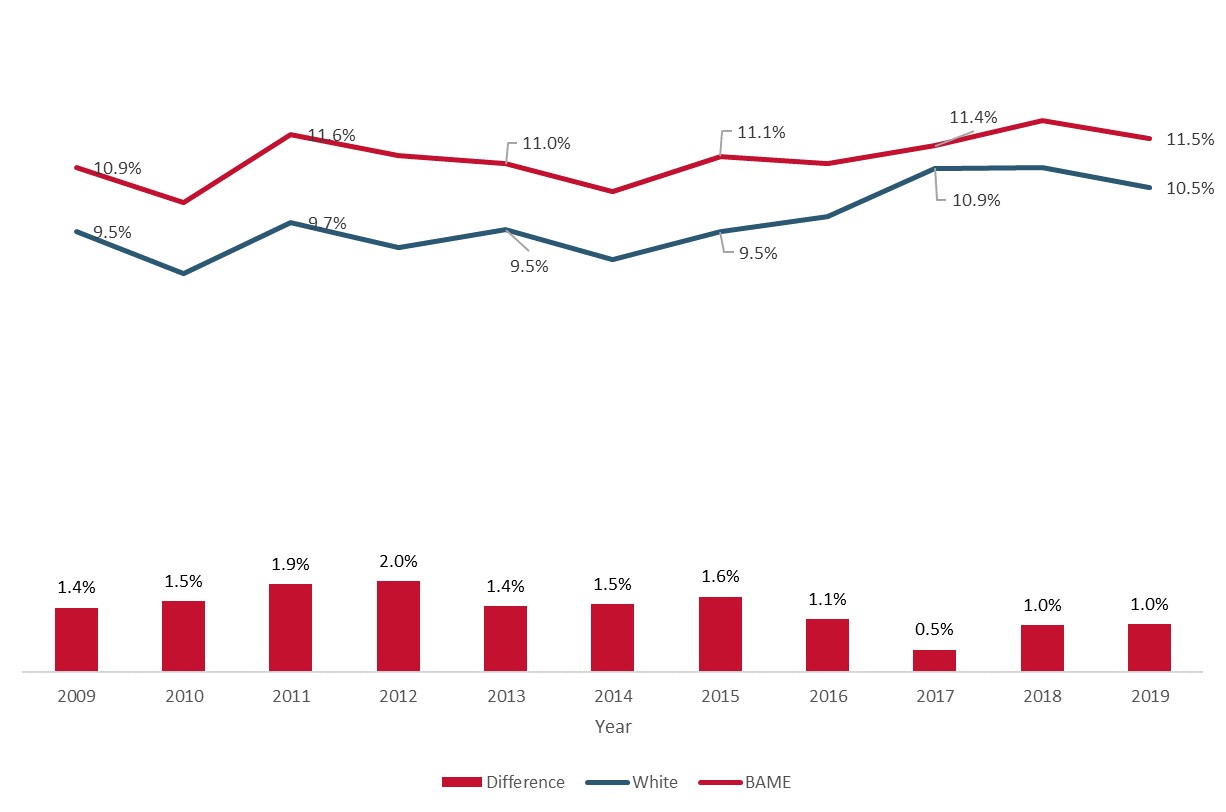
Despite repeated calls to “explain or reform”, since MP David Lammy’s 2017 review of the issue, the rate has got worse.
Last year, for the first time, a majority of young people in custody - 51 per cent - were BAME.
This contrasted sharply with a huge fall in the total number of under-18s in custody in England and Wales since 2010.


The factors behind this are complex and system-wide, with racial bias - whether unconscious or more overt - being spotlighted.
Register Now to Continue Reading
Thank you for visiting Children & Young People Now and making use of our archive of more than 60,000 expert features, topics hubs, case studies and policy updates. Why not register today and enjoy the following great benefits:
What's Included
-
Free access to 4 subscriber-only articles per month
-
Email newsletter providing advice and guidance across the sector
Already have an account? Sign in here

